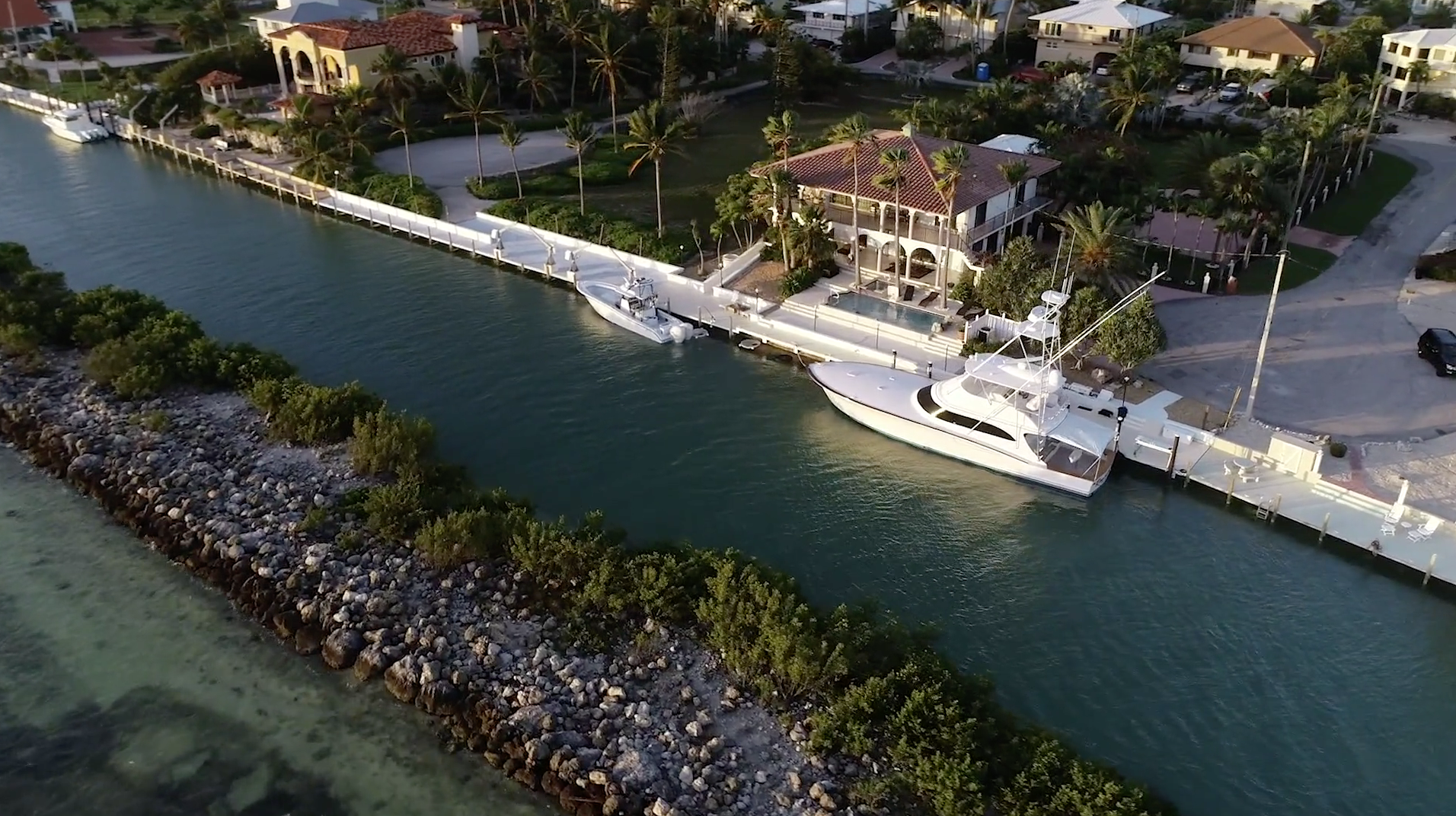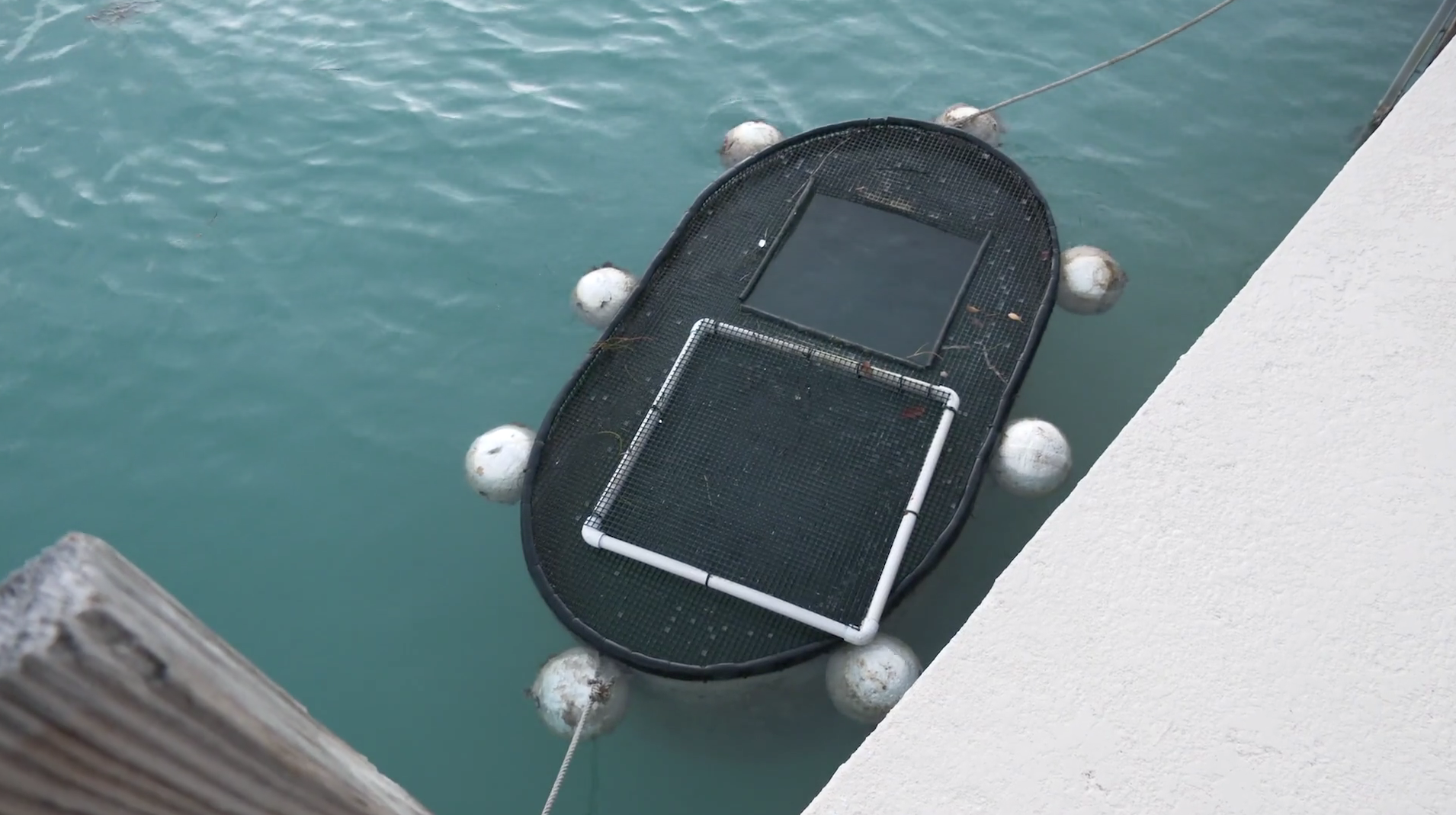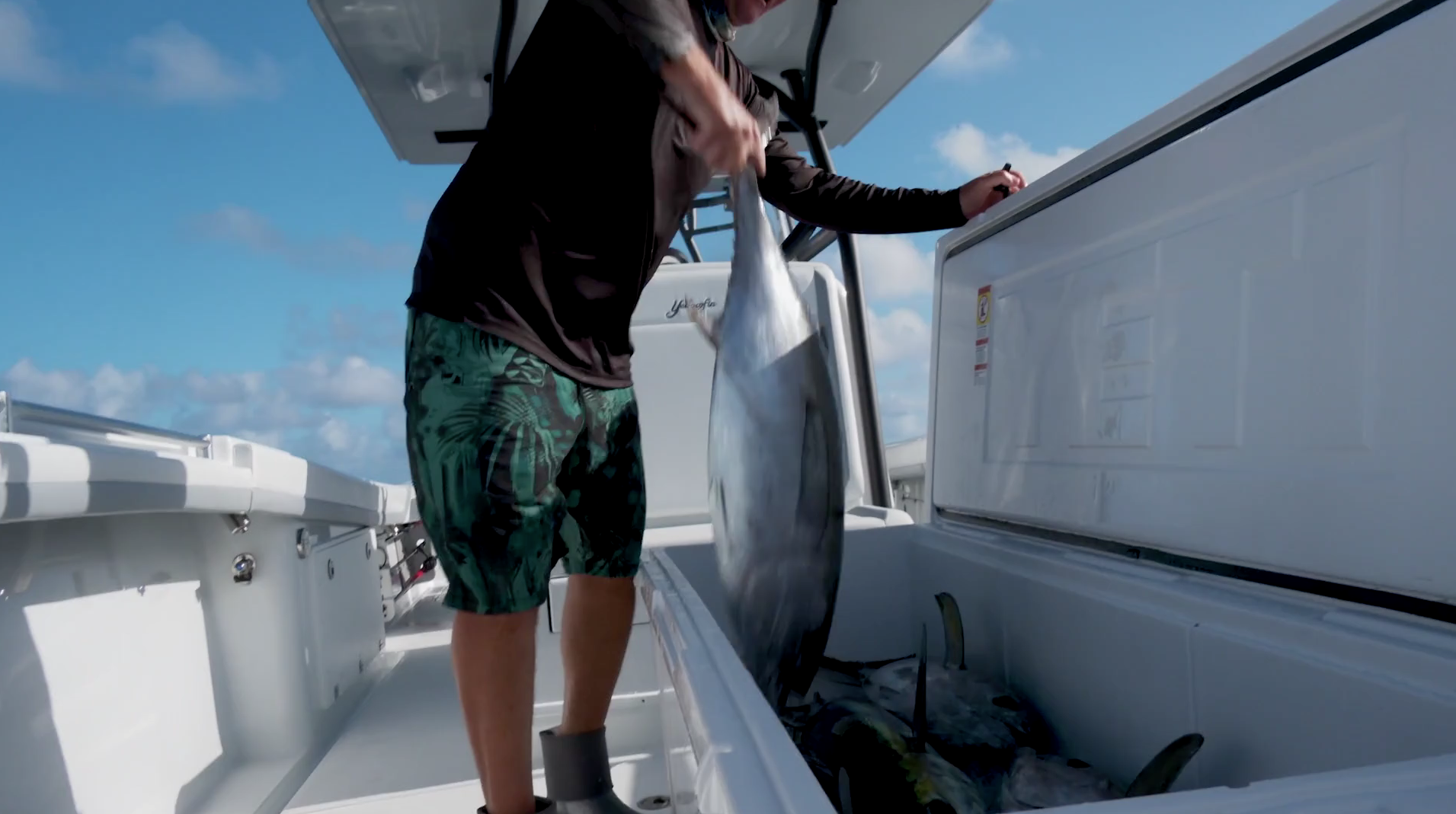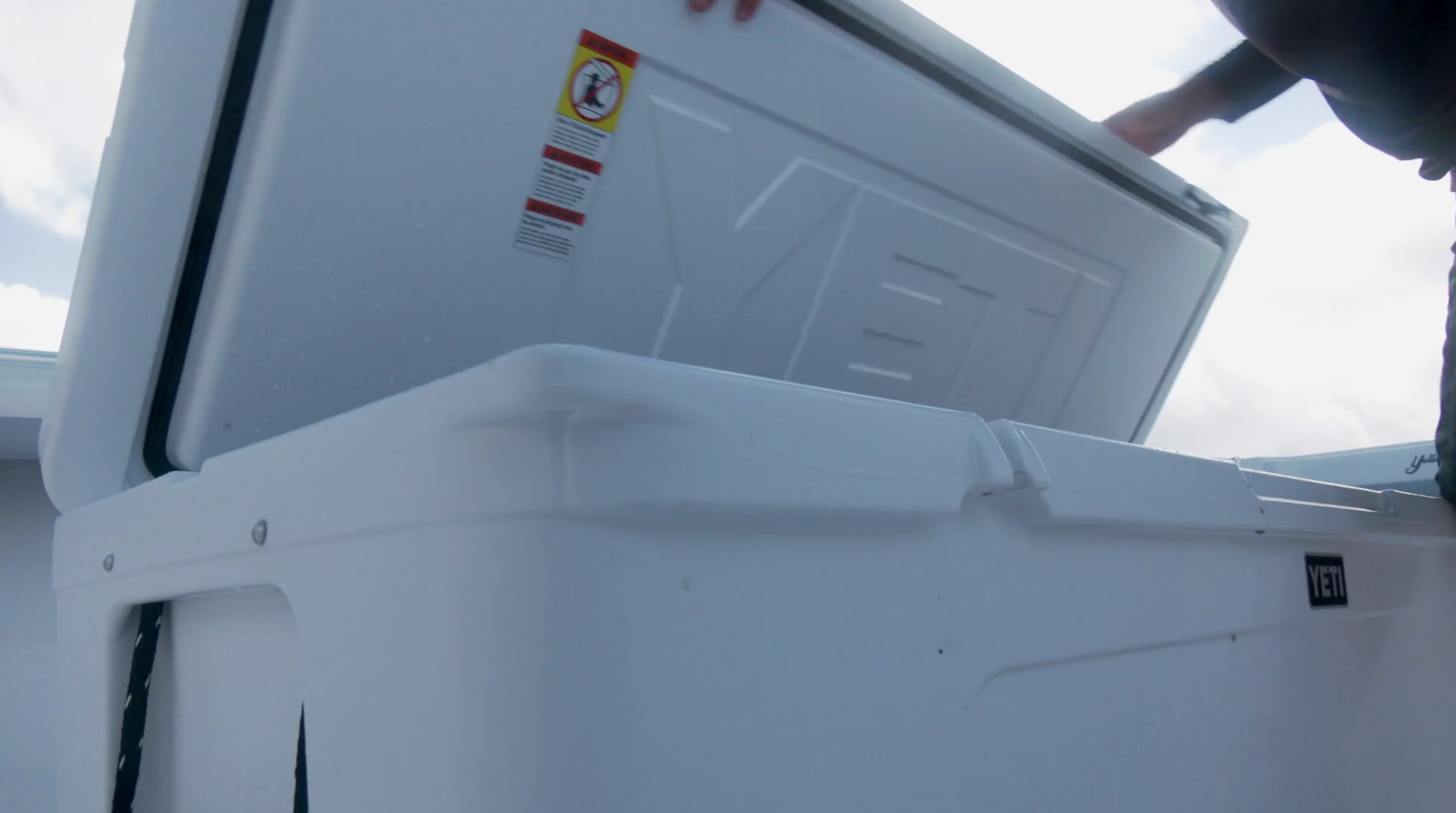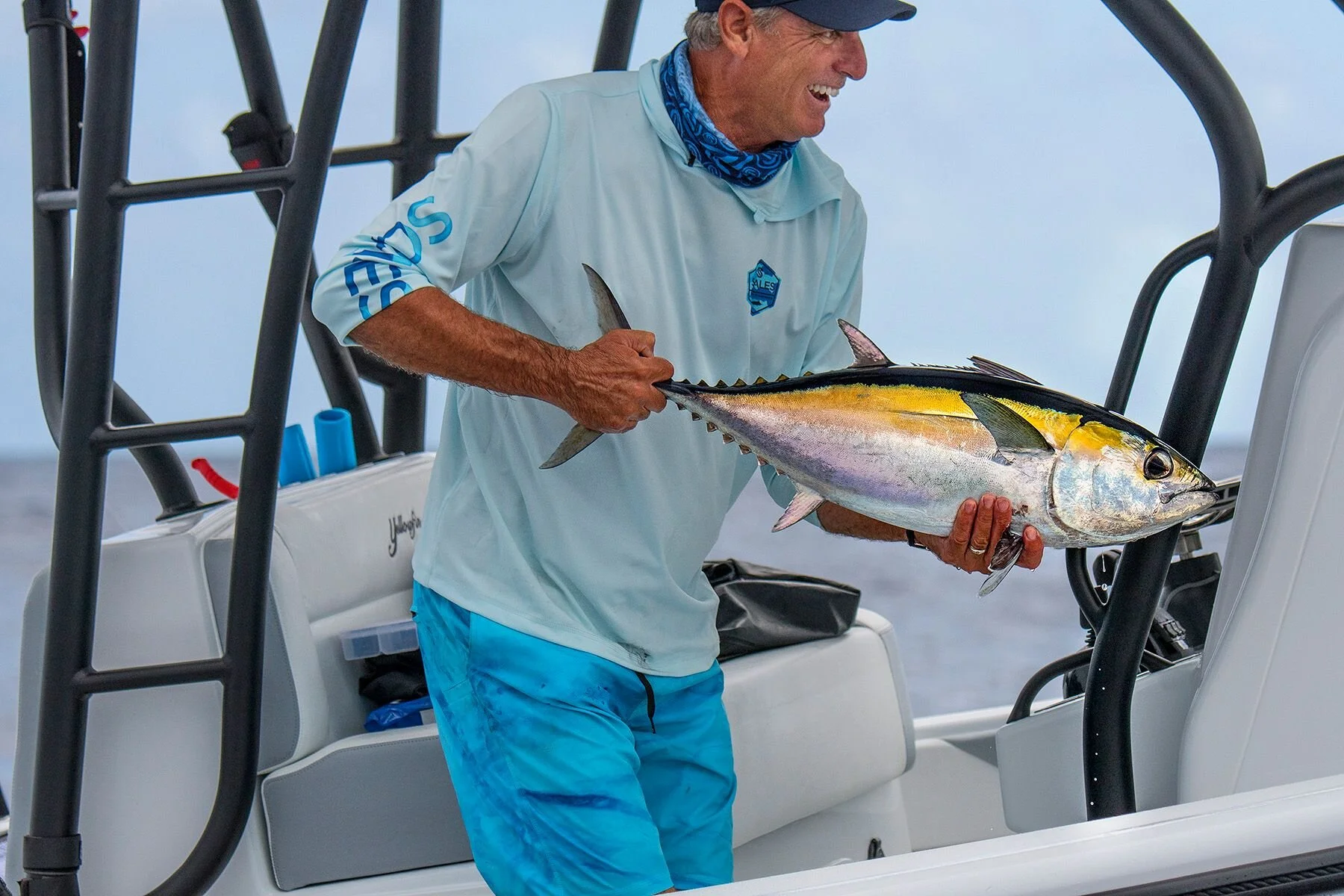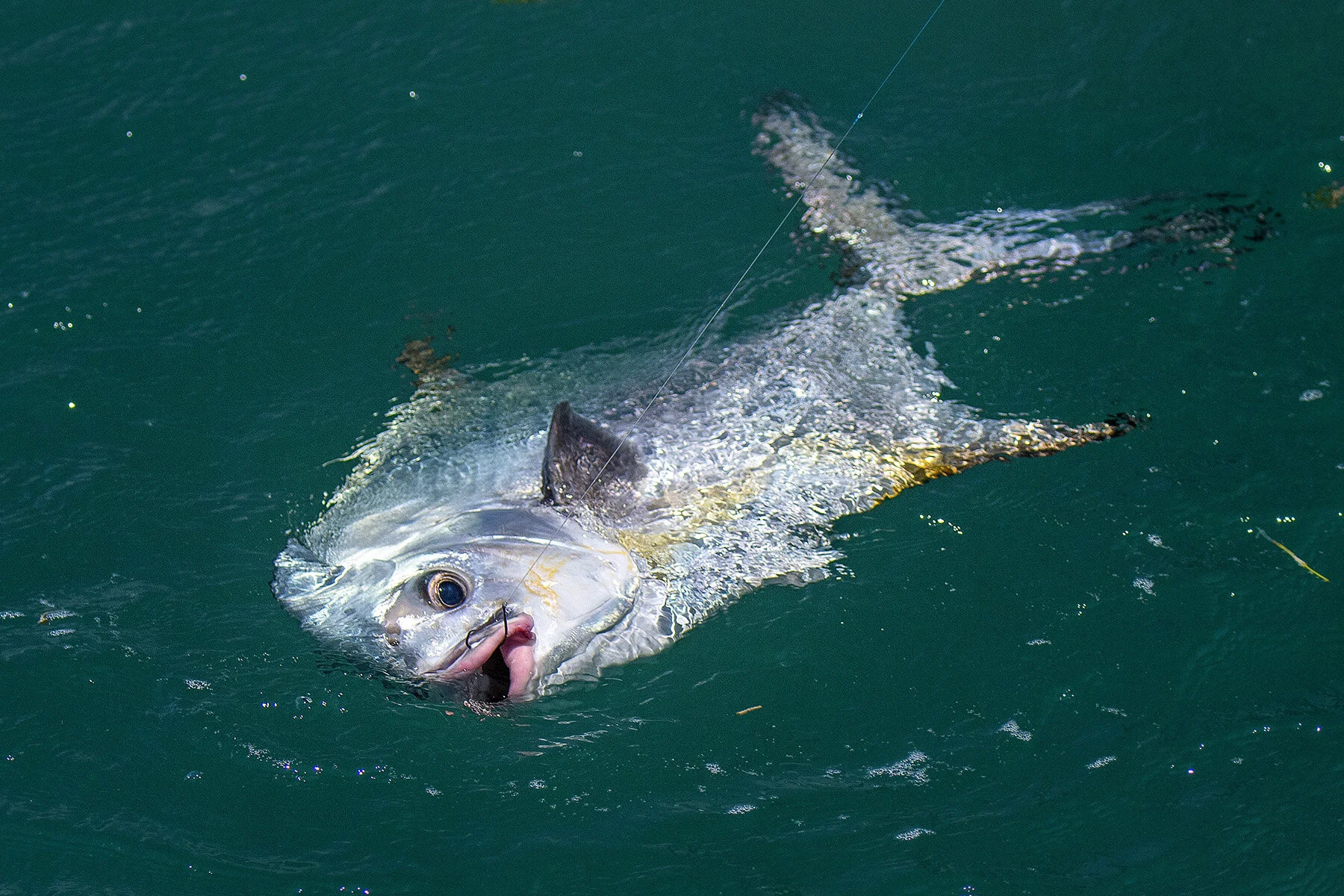Top 4 Tuna Tips From Into the Blue
written by Evan Anderson
Tuna-fishing is one of the most exciting experiences for an offshore angler. Typically, if the conditions are right, you’re in the correct spot, and you’ve properly prepared your rig, you get a lot of action in a short amount of time with fish that are strong and visual fighters. And the rewards of a productive day of tuna-fishing are excellent; there are countless recipes out there for tuna on the grill, in the oven, or however you like to prepare fish.
In this episode of Into the Blue, Captains Scott Walker and Steve Rodger head out in search of a blackfin bite off the coast of Duck Key near the Hawk’s Cay Resort and Marina. Armed to the teeth with all the tackle, rods, and bait they need, the pair is in for a great day on the water. Here are their top 4 tips for blackfin tuna fishing.
SE Multimedia | 2020
GROWING YOUR BAIT
If you’ve watched Into the Blue before, you’ll know by now that one of the things they always harp on is properly matching your bait to your fish and having enough of it, and in this episode they’re singing the same tune. Because, as Capt. Steve Rodger says, “The key ingredient to catching tuna is having bait.”
Blackfin are most plentiful in the Keys during the colder months, which presents some challenges for procuring the right amount of bait. According to Walker, the ideal number of pilchards you want to have when tuna-fishing is 300-600. That’s no easy task in the winter months.
SE Multimedia | 2020
“This time of year bait fishing is getting tougher and tougher,” says Walker, “It’s not so much ‘Let’s get up and catch bait.’ It’s more like, ‘Let’s get up and see how long it’s going to take to catch bait, because we’re not leaving without it.’”
Now, anyone who’s spent much time as an angler will tell you that you want to be as efficient as possible with your time and take care of as many things as you can before the day of your trip. Since bait is so rare when the blackfin are really running, you don’t want to be messing with that the morning of your excursion. You want to be out on the water spending as much time fishing for tuna as possible.
To solve this problem, Walker has a solution: Bait cages.
“The beauty of living in Duck Key is that we have self-flushing canals,” he explains, “Deep water, light flow, which is ideal for temperature and oxygenation of our bait cages. We can put a bait cage in there in October and leave it in until June if we want to with bait in there fat and happy.”
If you’ve already put the work in and grown your own bait in a bait cage, now all you need to do is fill up the live well and go! “The hardest part of the day is already taken out of the equation,” says Rodger.
When you set up a bait cage, Walker recommends first feeding your pilchards a grower formula to get them big and strong. Then, once they’ve reached the size you are aiming for, switch to a maintainer formula which will put some fat on them and keep them at that size.
WHERE TO GO
Blackfin tuna typically like to congregate around some sort of upwelling in the ocean floor such as a wreck, reef, or hump. In this particular situation/location, Walker and Rodger are going to be fishing one particular spot: the Marathon West Hump, which, according to Walker, has tuna on it year-round.
“We have blackfin on our humps up in the Middle Keys,” explains Walker, “a few spots on some older wrecks, but not like in Key West where they’re all over the reef and all over the wrecks following the shrimp boats. But our typical spot that we use closest to the marina is the Marathon West Hump.”
“Every time I’ve ever fished the hump it’s been epic tuna fishing.”
“When we’re tuna fishing in the Keys, a lot of times we’re fishing on wrecks or just outside the edge of the reef,” says Rodger, “Whereas when we fish up here by Hawk’s Cay, it’s always at the hump...every time I’ve ever fished the hump it’s just been epic tuna fishing.”
Arriving at the Marathon West Hump, Walker and Rodger begin setting up their 36 Yellowfin to drift over the spot they want to be.
SE Multimedia | 2020
“I have to check to see that with the wind and tide the drift’s going to be 5-10 degrees off that day,” says Walker. The captains move over the highest spots on the hump in an S-pattern, using their Simrad sonar system to spot where the fish will be. At this hump, they typically, according to Walker, tend to sit around 200-220 ft.
“When I get onto my sonar,” explains Walker, “the first thing I always see are those big clouds of amberjacks right on the bottom near 450 ft. And then the next cloud up is usually tunas. And that’s usually anywhere between 200-300ft. And then as soon as we slow down and start throwing pilchards, you can see that cloud immediately begin to rise and know that the tunas are already on their way up.”
PERFECTING THE DRIFT
Now that the tunas are rising up to the surface, it’s time to start getting that bait in the water. The two captains have decided to drift rather than anchor up; this is their preferred method for catching tuna. As they drift, they’ll be chumming the water with “free-bee” pilchards (just enough to pique the tunas’ interest, not fill them up), but there’s a particular pattern to their drift/chum strategy.
SE Multimedia | 2020
“It’s very important that we don’t throw a lot of bait as we’re drifting because you’re spreading those fish out,” explains Rodger, “We tend to start a drift, chum-chum-chum, and then finish the drift out, get back to that same spot and start a drift again; that creates a nice pattern for those fish to feed.”
“It’s very important that we don’t throw a lot of bait as we’re drifting because you’re spreading those fish out.”
By this point, you should already have your rods set up and ready to go. According to Walker, this may be the only time that day that the tunas come to the surface. “You want to hook as many as possible whenever you can,” he says, “Mostly because the sharks will usually take 25% of them, but also because the tunas aren’t going to stay up. They’ll go back down and then you’ll have to start the whole process over again. I always try to have as many rods ready as possible in case that’s the only time of the day they come up.”
TAKING CARE OF YOUR CATCH
An unfortunate side of tuna-fishing is that they tend to spoil quickly if not properly taken care of. The Into the Blue hosts use a large YETI cooler to keep their fish preserved for the trek home.
“The most important thing is taking care of the fish,” says Walker, “You’ve got to have a great quality cooler; we’re lucky enough to have a wonderful YETI cooler. We can put as much ice as we need in it and it’s there all day (all week, even), and then once we’re ready to come home we add a little saltwater to encapsulate the fish in the ice - by the time we get home we have a perfectly prepared tuna for the filet table.”
Adding saltwater to your cooler will lower the freezing point of the fish inside, keeping them nice and cool but avoiding any damage from potentially freezing.
SE Multimedia | 2020
Having done all the proper preparation and following their procedures correctly, the two captains return with a YETI full of tasty blackfin tuna, each fish weighing between 5 and 28 lbs.
To see these tips in action on this episode of Into the Blue, watch the full episode below. Follow @intothebluetv, @captscottwalker, and @steven.rodger on Instagram for more Into the Blue content as well as @waypointfish, @waypointsalt, @waypointboating, and @waypointtv.




